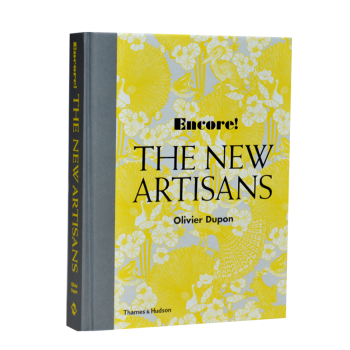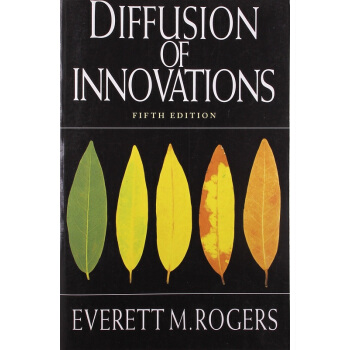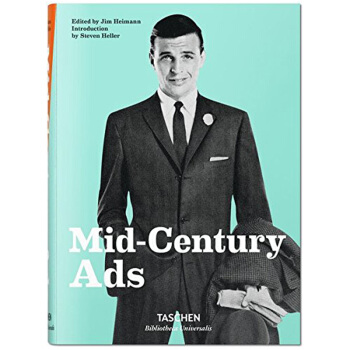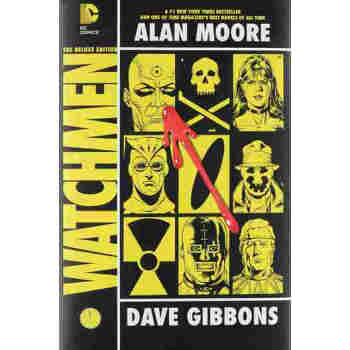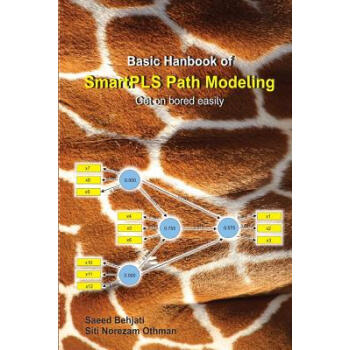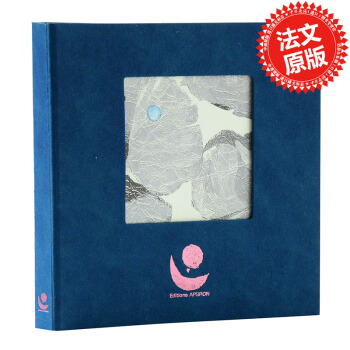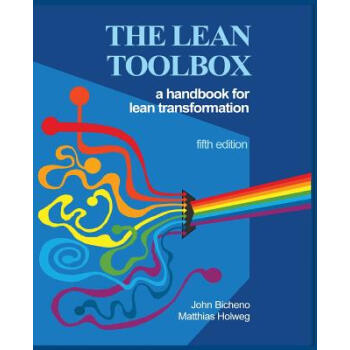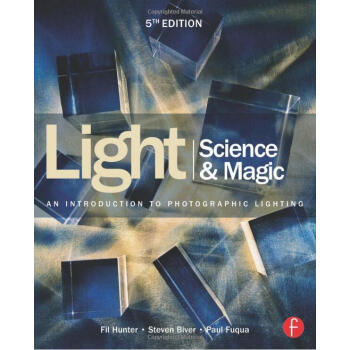

具体描述
Light Science & Magic: An Introduction to Photographic Lighting
灯光科学&魔力
Fil Hunter (作者), Steven Biver (作者), Paul Fuqua (作者)
基本信息
- 出版社: Focal Press; 5 (2015年2月27日)
- 平装: 400页
- 语种: 英语
- ISBN: 0415719402
- 条形码: 9780415719407
- 商品尺寸: 19 x 2.3 x 23.6 cm
- 商品重量: 903 g
- ASIN: 0415719402
内容简介
Photographic lighting is a topic that will never go out of style, no matter how sophisticated cameras and other technology get. Even with the most high-tech gear, photographers still need to put a lot of thought and vision into lighting their photographs in order to get great results. This key skill has the power to dramatically and quickly improve photographs.
Light Science and Magic provides you with a comprehensive theory of the nature and principles of light, with examples and instructions for practical application. Featuring photographs, diagrams, and step-by-step instructions, this book speaks to photographers of varying levels. It provides invaluable information on how to light the most difficult subjects, such as surfaces, metal, glass, liquids, extremes (black-on-black and white-on-white), and portraits.
This new edition includes:
- All new chapter titled "Setting Up Your New Studio"
- A re-vamped and expanded chapter 8 now titled "Making Portraits"
- New appendix of reliable photo gear sources
- Over 100 new photographs and informational sidebars
- Updated information about advances in flash equipment, LED panels and fluorescent lights
Styles of lighting continue to change, but the nature of light will always remain the same. Once photographers understand the basic physics of lighting, they can apply that knowledge to a broad range of photographic styles.
媒体推荐
"This book offers a set of tools that a photographer can use to promote their own sense of art and beauty. While your photographs reflect your individual taste and vision, the tools in this book give you options to highlight or diminish the elements in the photograph and as a result, lift those images to something more, something even better. The authors have done an amazing job by writing about a difficult subject in an easy style that allows the reader to fully understand the concepts of lighting and how it will shape your images." - Apogee Photo Magazine
作者简介
Fil Hunter was a highly respected commercial photographer specializing in still life and special effects photographs for advertising and editorial illustration. During a career spanning over three decades, he worked for such clients as America Online, US News, Time-Life Books, Life Magazine (27 covers), the National Science Foundation, and National Geographic. He taught photography at the university level and served as technical consultant on a number of photographic publications. Mr. Hunter won the Virginia Professional Photographer's Grand Photographic Award three times.
Steven Biver has over twenty years of experience as a commercial photographer specializing in portraits, still life, photomontage, and digital manipulation. His client list includes Johnson & Johnson, USDA, William & Mary College, Conde Nast, and IBM. He has been honored with awards from Communication Arts, Graphis, HOW Magazine, and Adobe, who have also included his work on a Photoshop 'extras' disc to inspire other photographers. He is also the co-author of FACES: Photography and The Art of Portraiture, another Focal Press publication.
Paul Fuqua has worked as an editorial and wildlife photographer for more than thirty-five years. He started his own production company in 1970 and is dedicated to teaching through the use of visuals. Paul has written and produced educational and training material in a variety of fields including law, public safety, history, science, and the environment. For the last ten years he has produced educational material dealing with the natural sciences and the need for global habitat stewardship. Paul is also a co-author of FACES: Photography and The Art of Portraiture for Focal Press.
目录
Table of Contents
Chapter 1 – How to Learn lighting
Chapter 2 – Light: the Raw Material of Photography
Chapter 3 – The Management of Reflection and the Family of Angles
Chapter 4 – Surface Appearances
Chapter 5 – Revealing Shape and Contour
Chapter 6 – Metal
Chapter 7 – The Case of the Disappearing Glass
Chapter 8 – An Arsenal of Lights
Chapter 9 – The Extremes
Chapter 10 – Traveling Light
Chapter 11 – Setting Up Your First Studio
用户评价
这本书的排版设计也值得称赞,它并没有采用那种填鸭式的、密密麻麻的文字堆砌,而是留出了足够的空间给插图和图解。那些用来解释复杂光路和反射原理的示意图,清晰得让人赞叹。我发现,有些概念,即使用再华丽的辞藻去描述,也不如一个精心绘制的几何图来得直观有效。作者似乎深谙设计之道,懂得“少即是多”的精髓。我尤其欣赏它在介绍如何处理高光溢出和阴影死黑区域时的处理方式,它提供的是一套基于物理规律的“重建”思路,而不是简单的后期修补技巧。这让我意识到,在拍摄前期就打好坚实的光学基础,比后期花费大量时间去“拯救”画面要有效得多。这本书的知识深度完全对得起它的价格,甚至可以说,如果能早几年读到它,我走过的许多弯路都可以避免。对于追求极致视觉表现力的专业人士来说,这本书无疑是一部可以反复研读的“圣经”。
评分我是一个偏爱人文纪实风格的摄影师,一开始我对这种标题听起来很“理工科”的书籍是有些抗拒的。我担心里面充满了复杂的物理公式,读起来会极其枯燥。然而,这本书的叙事方式出乎我的意料,它成功地将科学的严谨性与艺术的灵动性完美地融合在了一起。它没有把光当成一个冰冷的物理现象,而是赋予了它生命和情感。作者通过大量的案例分析,展示了同一物体在不同光照条件下所能传达出的不同“情绪”。比如,当光线以特定的角度掠过粗糙的表面时,那些微小的纹理如何被放大,从而营造出历史的沧桑感,那种文字描述的画面感,比很多照片本身更具感染力。这本书的伟大之处在于,它提升了我的“视觉素养”,让我开始用一种全新的视角去观察世界,不再只是关注“拍什么”,而是更专注于“如何被看见”。对于那些想从“会拍照”升级到“会用光”的进阶爱好者来说,这本书绝对是必备的“内功心法”。
评分说实话,我买这本书的初衷其实是想解决一些实际拍摄中的难题,比如如何用最自然的方式表现金属的质感,或者如何避免玻璃上的恼人反光。这本书在这方面提供的解决方案简直是“教科书级别”的。它没有直接给出固定的“摆位公式”,而是教会你如何像一个光学工程师一样去“思考”光线。我记得有一段关于“柔光与硬光”的讨论,作者没有停留在简单的“大灯泡=柔光,小灯泡=硬光”这种肤浅的对比上,而是深入剖析了光源的“张角”和“光照距离”如何影响阴影的边缘清晰度与过渡。这对我后期在影棚内调整灯具位置产生了革命性的影响。我不再是凭感觉去调整灯光,而是能预判出光线打到物体上后会在哪里形成什么样的效果。更让我惊喜的是,它还涉及了一些非常前沿的照明设计理念,虽然主题是摄影,但这些基础的光学原理完全可以迁移到视频制作甚至产品展示设计中去。这本书的内容密度非常高,我甚至需要放慢速度,边看边在草稿纸上画图辅助理解,这才是真正的深度学习体验。
评分这本书的封面设计真是让人眼前一亮,那种深邃的蓝色调,配上那些几何图形的光影,一下子就抓住了我的注意力。我当时在书店里随便翻看,本以为这又是一本枯燥的技术手册,结果一翻开目录,我的兴趣就被完全勾起来了。它不像我之前看过的那些摄影书籍,动不动就抛出一堆晦涩难懂的公式和术语,而是用一种非常直观、充满画面感的方式来阐述光线的本质。作者的文字功力非常深厚,仿佛带着你在一个光线变幻无穷的实验室里进行一次奇妙的探险。我尤其喜欢它对“光线如何与物体表面互动”那一章的描述,那些关于反射、漫射和透射的解释,真的让我有种醍醐灌顶的感觉。以前拍照片总觉得哪里不对劲,现在回过头来看,原来是自己对光的理解不够深入,这本书就像一把钥匙,帮我打开了通往更高阶摄影理解的大门。它不仅仅是教你“怎么做”,更重要的是告诉你“为什么会这样”,这种底层逻辑的梳理,对于任何想要在视觉艺术领域深耕的人来说,都是无价的。书的装帧质量也相当不错,纸张的质感摸起来很舒服,即便是经常翻阅,也不会轻易磨损。
评分坦白说,市面上介绍光线的书籍很多,但大部分都停留在器材操作层面,教你如何使用柔光箱、反光板。这本书则完全避开了这种“工具崇拜”,它专注于光线本身的行为模式,这才是根本。我花了大量时间去研究其中关于“色彩温度”和“光谱”的那一小节,虽然篇幅不大,但讲解得极其透彻。它让我明白了为什么在某些环境下,即使调整了白平衡,照片的色彩依然显得“脏”或“怪异”,这往往与光源本身的发射光谱不完整有关。这本书提供了一个建立“光感”的系统框架,而不是零散的技巧集合。我开始尝试在自然光下捕捉那些微妙的光影变化,比如清晨和傍晚光线中那种独特的“黄金比例”。它让我对自然界中无处不在的光线心存敬畏,也让我对人工布光有了更精确的控制欲。读完这本书,我感觉自己的眼睛都被“重新校准”了,看任何画面,都会自动分析光线的来源和走向,这是一种非常奇妙的体验。
相关图书
本站所有内容均为互联网搜索引擎提供的公开搜索信息,本站不存储任何数据与内容,任何内容与数据均与本站无关,如有需要请联系相关搜索引擎包括但不限于百度,google,bing,sogou 等
© 2025 book.coffeedeals.club All Rights Reserved. 静流书站 版权所有


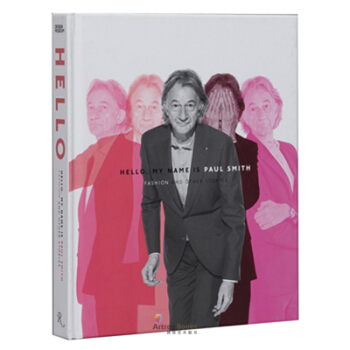
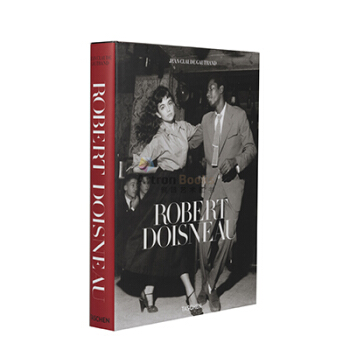
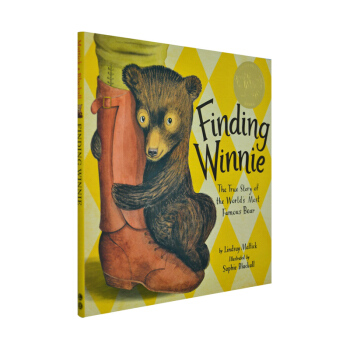
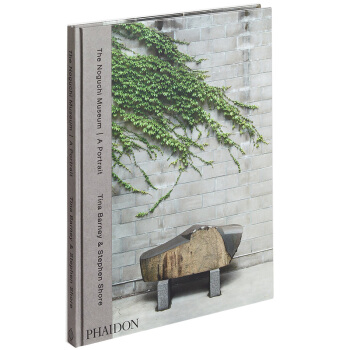

![[现货]日文原版 円谷プロ全怪獣図鑑 奥特曼 画册百科 pdf epub mobi 电子书 下载](https://pic.windowsfront.com/10273618502/5714432eN03ae863d.jpg)



